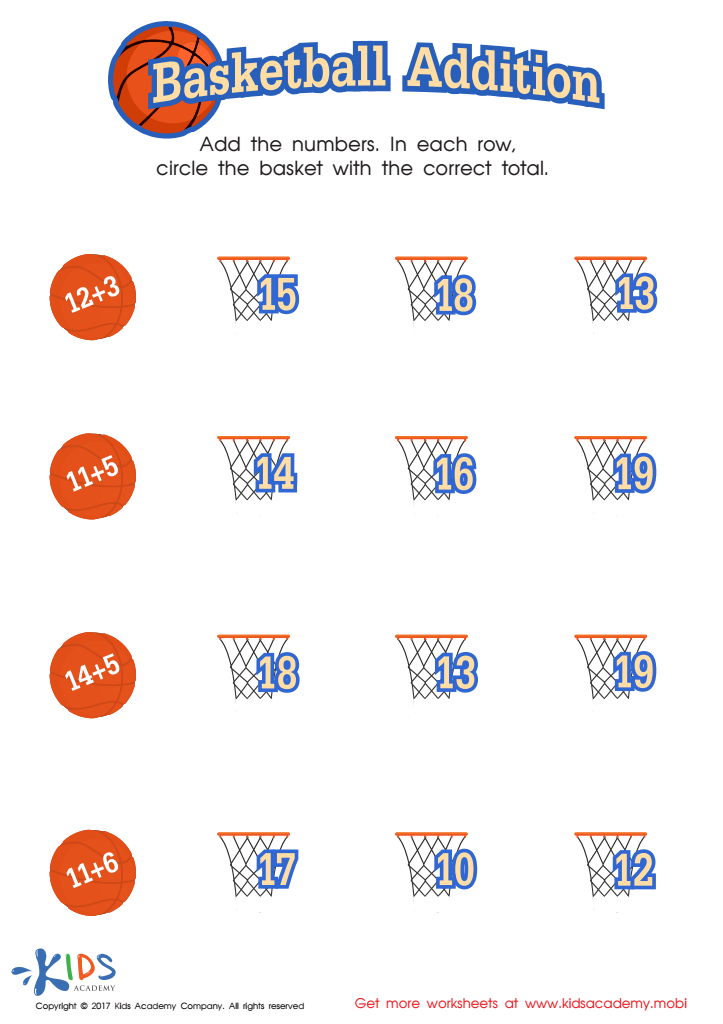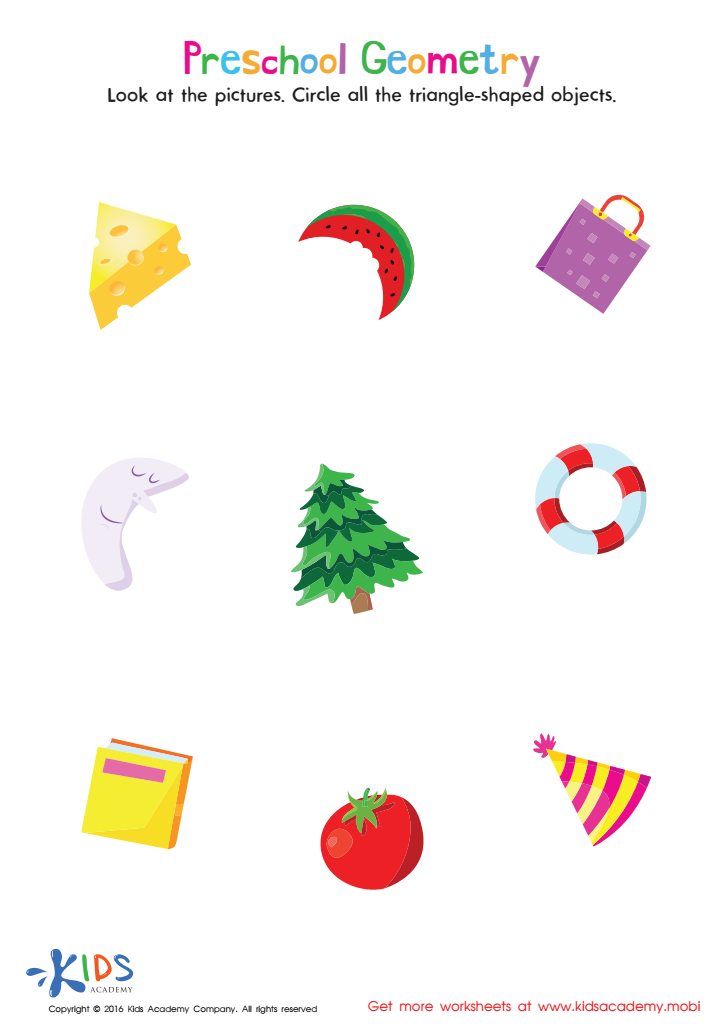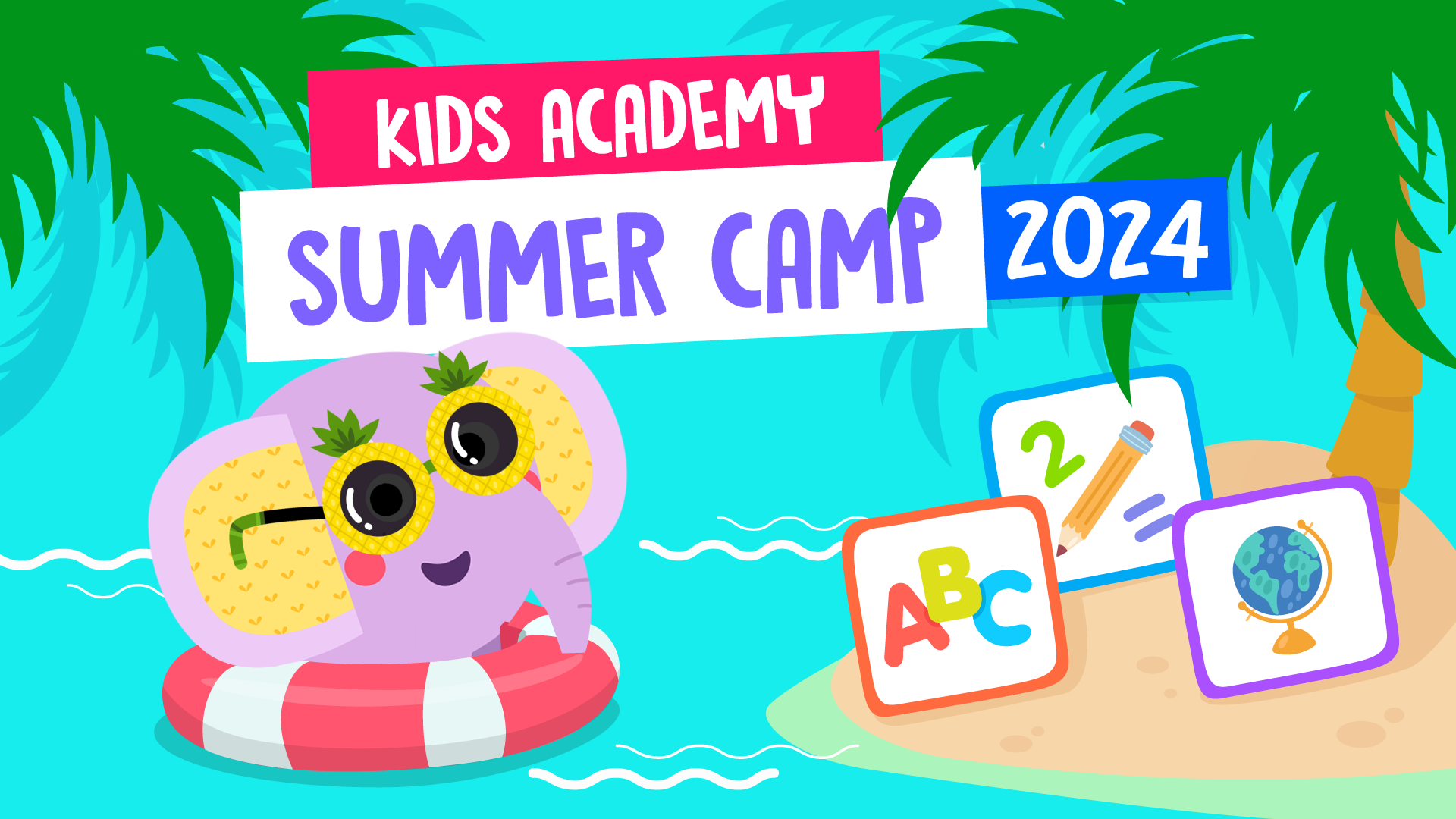Hand-eye Coordination Normal Math Worksheets for Ages 5-9
8 filtered results
-
From - To
Enhance your child's learning experience with our Hand-eye Coordination Normal Math Worksheets, designed specifically for ages 5-9. These engaging worksheets combine essential math skills with fun, interactive activities that encourage the development of hand-eye coordination. Ideal for early learners, our worksheets feature colorful images and playful challenges that make math enjoyable. Your child will practice counting, number recognition, and problem-solving while honing their motor skills. Plus, these printable resources are easy to use at home or in the classroom. Foster a love for learning and boost confidence with our carefully crafted math worksheets that support development in young learners!
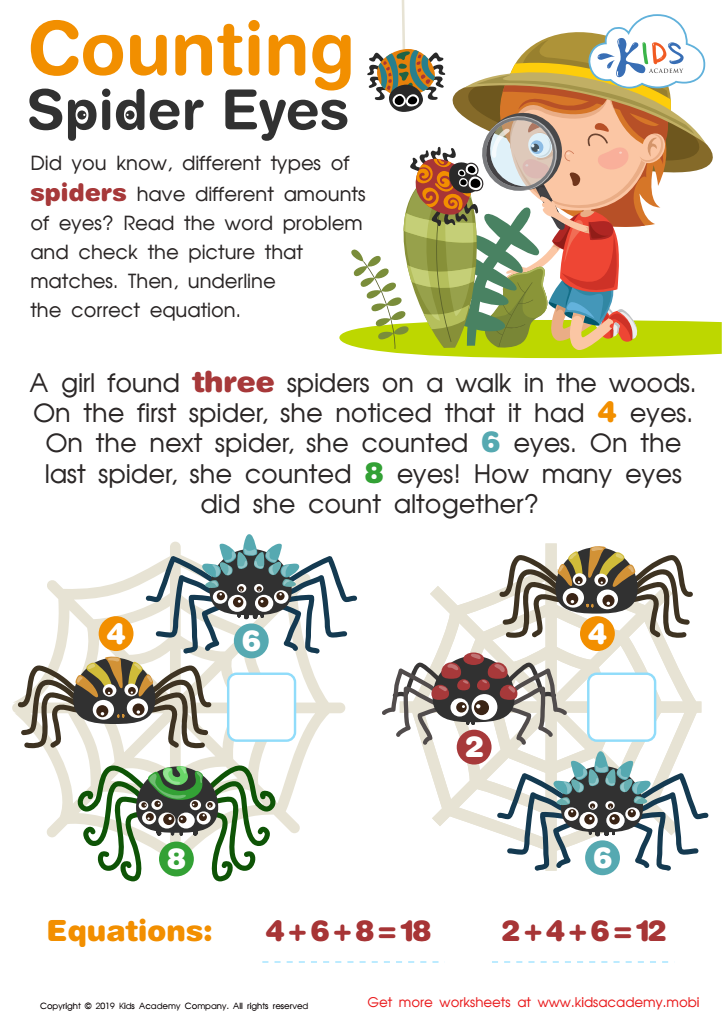

Counting Spider Eyes Worksheet
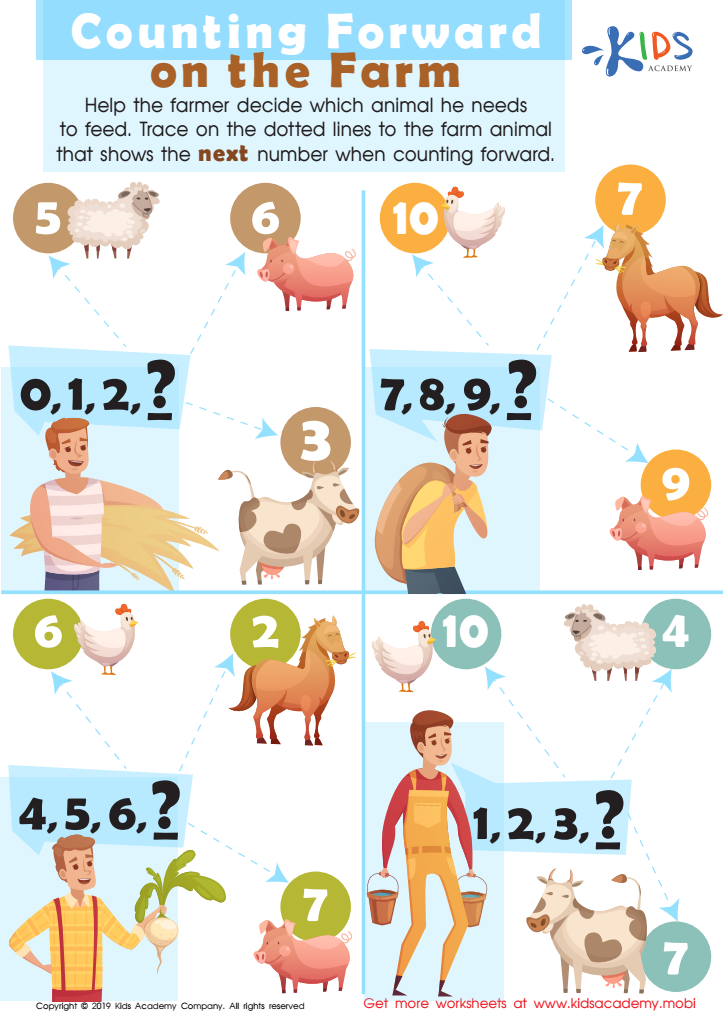

Counting Forward On the Farm Worksheet
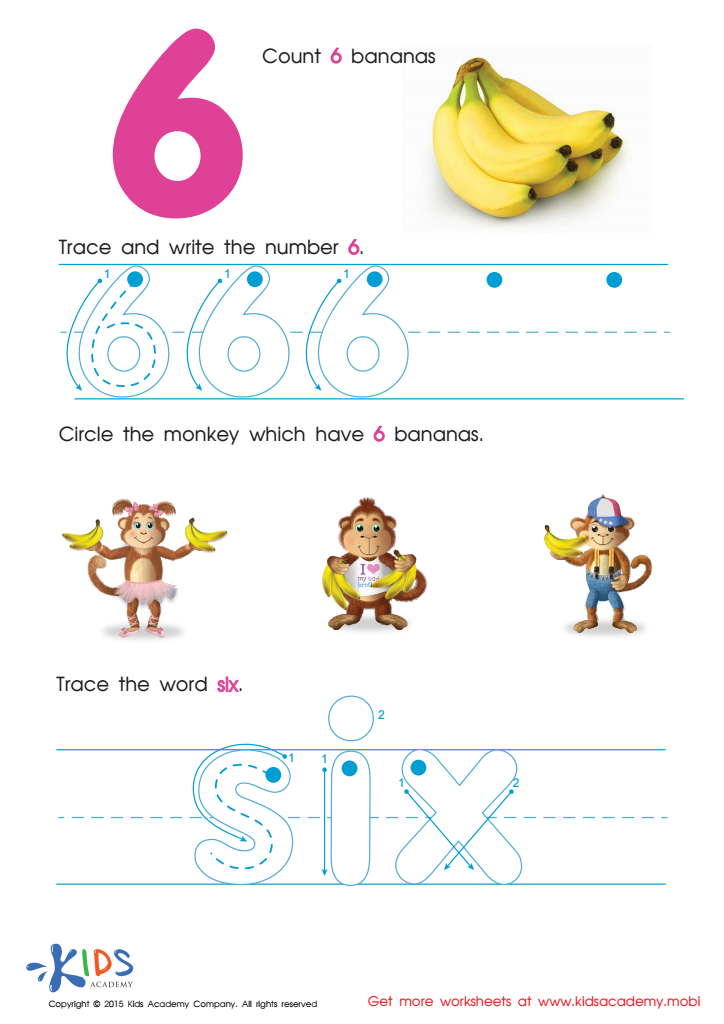

Tracing And Writing Number 6 Worksheet
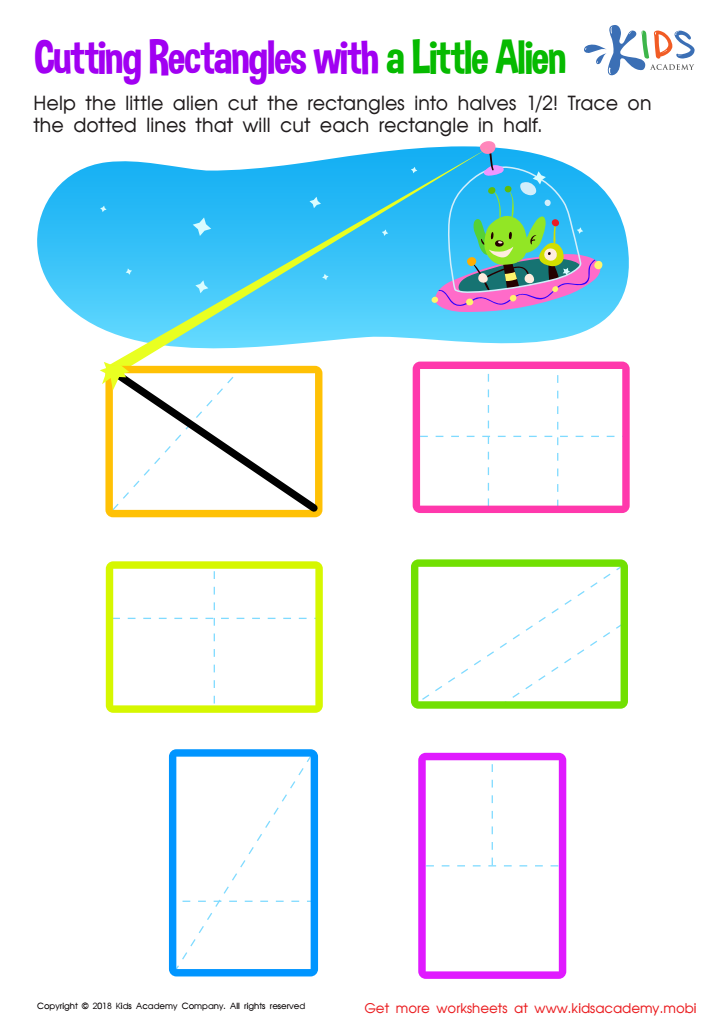

Cutting Rectangles with Alien Worksheet


Practice Writing Number 5 Worksheet
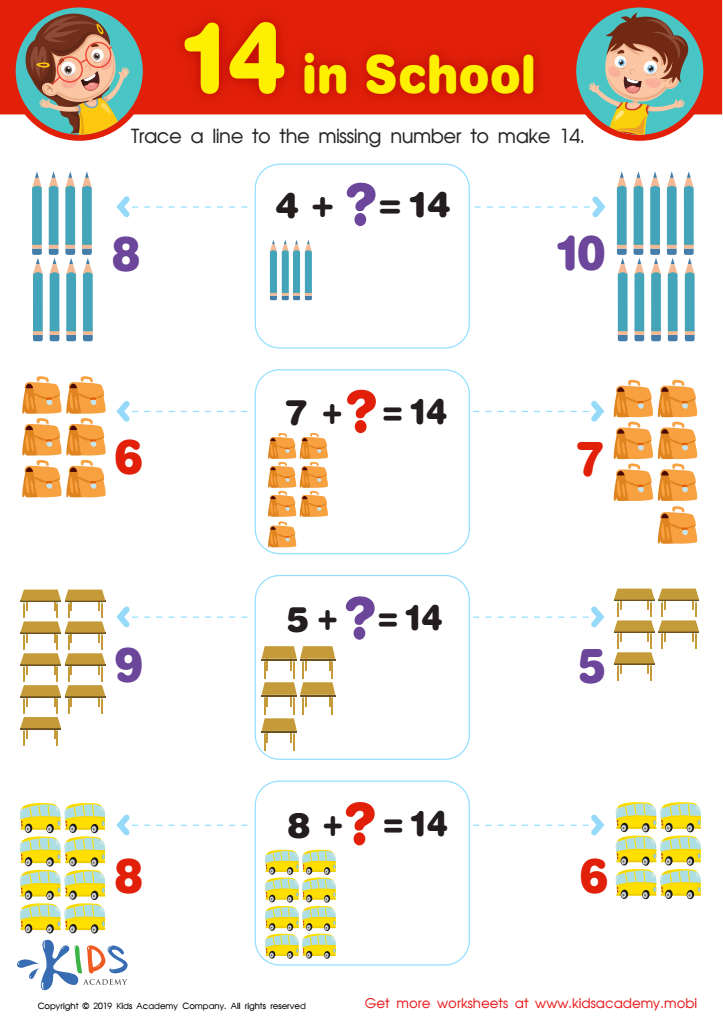

14 in School Worksheet
Hand-eye coordination is a crucial skill that significantly impacts a child's development, especially in early education where foundational learning occurs. For children aged 5 to 9, mastering hand-eye coordination enhances their ability in various activities such as writing, drawing, and playing sports. These tasks require the precise alignment of visual input with motor responses, which can improve concentration and overall learning.
Teachers and parents should care about fostering this skill because it goes beyond mere physical abilities; it also plays a pivotal role in mathematics understanding. Normal Math activities, which often include manipulatives, counting games, and engaging math-related tasks, require children to connect visual cues with hand movements. This coordination aids in the grasp of mathematical concepts such as counting, addition, and spatial awareness.
Moreover, improving hand-eye coordination can boost a child’s confidence and motivation, making math and other subjects more enjoyable. As children feel more capable, they are likely to engage more deeply with learning from an early age, setting the stage for future academic success. Encouraging activities that promote this skill can enrich their educational journey, ultimately laying a solid groundwork for lifelong learning and problem-solving skills.
 Assign to My Students
Assign to My Students
